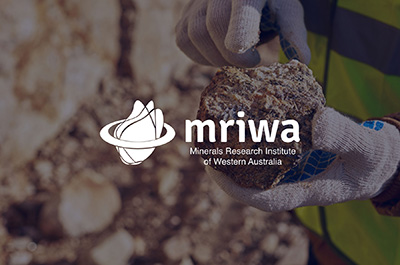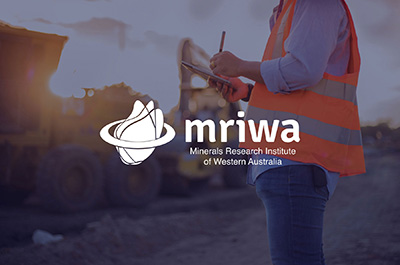Mine waste rock dump design using mixed integer programming
Project Overview
Project Number
Total Grant Value
Program Area
MRIWA Contribution
Project Theme
Project Period
The Challenge
The mining process results in the excavation of un-wanted waste rock which is typically stored on-site in large piles that persist long after a mine ceases to operate.
These waste dumps have no intrinsic value, but the engineering and infrastructure required to safely contain them is costly, affecting the financial viability and profitability of mining operations.
Key Findings
Three mixed integer programming (MIP) models have been developed, validated and demonstrated for use in a large-scale gold mining operation.
The main model minimises overall haulage distance and material re-handling in waste rock dump production (OP).
The other two models minimise deviation of available truck hours vs. scheduled truck hour (TB) and combine the objectives of the OP and TB models.
Benefit to WA
The programming methodology and models developed through this research can be used to optimise waste rock dumping schedules to minimise haulage cost and realise maximum environmental benefit.
Implementation of this technology in WA mines could help improve the operating profitability of the sector while also aiding compliance with environmental risk targets set by the regulator.
Keywords: waste rock, dump design, mixed integer programming
Similar Projects
Page was last reviewed 20 June 2022



